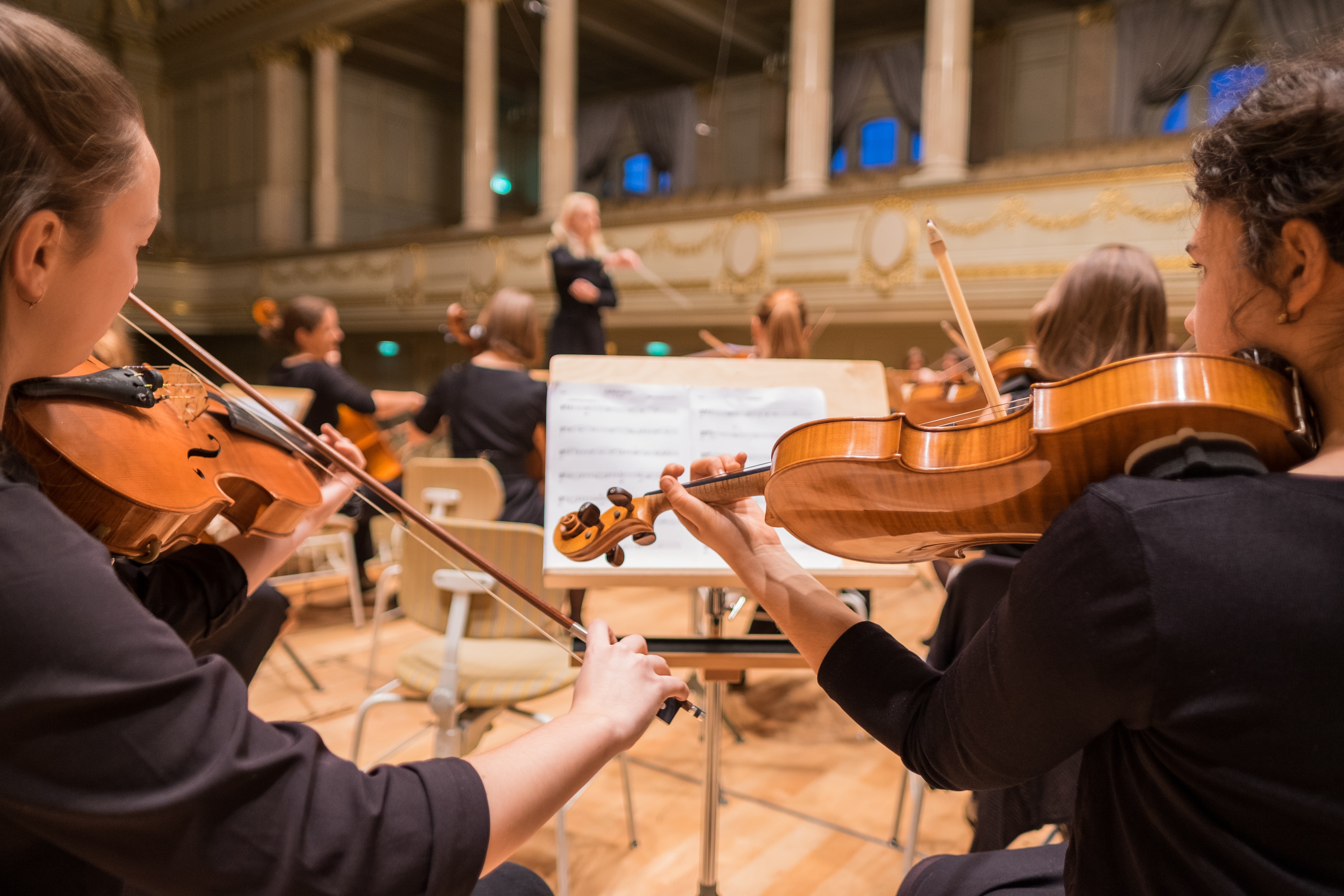Italy is the birthplace of opera and home to Italian composers renowned the world over: Paganini, Rossini, Donizetti, Verdi, Puccini, Mascagni, Monteverdi, Salieri, Tartini, Vivaldi, and more. No less numerous are the international composers that have been inspired by some of their Italian counterparts’ most famous pieces. Richard Wagner is only one example: during the second half of the 19th Century, Wagner visited Ravello, where he drew inspiration for his Parsifal, thus bringing international fame to the city.
An operatic setting where the evocative environment heightens the drama is the world-famous Arena of Verona. But of course the opera can be found all over Italy.
In honor of this passion for opera, and its ability to unite people around the globe, every year Italy’s best opera houses offer a season rich in a variety of performances. The season most often begins between November and December, and represents a very important moment for Italian culture.
Without doubt, one of the most prestigious openings is that of La Scala in Milan, and to prove it some of the biggest names in politics, culture and entertainment attend.Teatro La Scala is usually referred to as “La Scala” and, apart from being one of the most famous opera houses in the world, it is known as the “temple of opera.” La Scala was founded upon the request of Empress of Habsburg Maria Therese of Austria after the fire that in February, 1776 destroyed the Regio Ducale Theatre in Milan. Its seasonal programming is one of the most important events of Milanese cultural life. The splendid Milanese opera house can claim an abundant and varied season every year, with progammes that alternate between operas and ballets by both Italian and international composers.
A wide and exciting array of performances is also promised by another famous temple to music, the Fenice Theatre, the foremost opera house in Venice, located in Campo San Fantin (San Marco district). Repeatedly destroyed by fires and rebuilt to a perfection after the last renovation of 2003, this theatre, in addition to offering its prestigious annual opera season, also hosts the International Festival of Contemporary Music. Of course, every year La Fenice holds its famous New Years concert, while its 2012-2013 opera season will be marked by both traditional and innovative works, with a theme that straddles the line between repertory and contemporary pieces, to make for a stellar and fascinating season every time.
Don’t miss a stop-over at the historic Teatro Regio in Turin, the opera house commissioned by Vittorio Amedeo II and whose eighteenth century original facade is part of the Unesco Heritage together with the other Savoy residences. The Opera and Ballet season lists at least ten titles from October to June and many other activities: choral-symphonic and camera concerts, performances at the Piccolo Regio addressed to a new public and to families as well as events such as the MITO music September.
For lovers of opera and ballet, the city of Rome also offers several inspiring titles. The Capital’s main opera stage is in its Teatro dell’Opera, also known as Teatro Costanzi, from the name of its founder, Domenico Costanzi.Pietro Mascagni, artistic director for the Teatro’s 1909-10 season, was at the same time an assiduous opera-goer. Today The current director is Alessio Vlad (Catello De Martino is overseer). Ballet enthusiasts will appreciate - if they didn’t already know - the fact that in this theatre Stravinskij’s “The Firebird” made its premiere, performed by the Ballets Russes (with Sergej Djagilev as director) on April 9th, 1917.
In regards to the operatic season about to begin, numerous performances - ranging between music and dance - are in store. While Rome’s winter opera season has been at the theatre in Piazza Beniamino Gigli since 1937, Teatro dell’Opera offers an outdoor season in summertime, set in the impressive archaeological complex of the Baths of Caracalla. The opera performances here are always a huge success, with tourists and Romans alike enjoying the combination of operatic theatricality against the enchanting setting of ancient Rome.
The opera house holding the record for most operas performed in the Campania region is most certainly Teatro San Carlo in Naples. Teatro San Carlo was meant to be a substitute for the little Teatro San Bartolomeo. Its construction was completed in 1737 during a period of urban renewal; built by request of King Charles of Bourbon, it not only endowed the city with a new theatre and opera house, it also connoted the power of the royals. The project was entrusted to the architect Giovanni Antonio Medriano, Colonel of the Royal Army, and to Carasale Angelo, former director of the San Bartolomeo.
Decades after its construction, the night of February 13th, 1816, a fire destroyed the building, leaving only the perimeter walls and the theatre’s most recent addition intact. What we see today is, in fact, its reconstruction post-blaze, followed by a very accurate and detailed restoration. This magnificent theatre welcomes opera lovers with a programme that travels through Neapolitan traditions, and returns to the classics of its operatic-symphonic repertoire, re-interpreted by a few special, internationally-famous guests. Each season boasts important debuts and the return of several favorites here, the oldest operatic stage in Europe.
